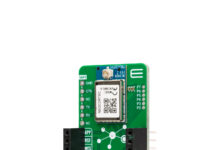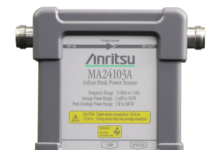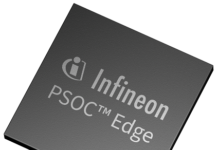
As the year 2020 quickly approaches, the number of connected devices are advancing in capability, increasing in numbers, and revolutionizing all forms of communication. These devices are part of a broader ecosystem of networks which support critical infrastructures; such as in a healthcare facility, industrial setting, or in the operations of a smart city. It is crucial to ensure that a device or network operates unimpaired when placed near another device or network. Failure to do so can cause an increase in network management costs, significant network disruption, or even loss of life.
Factors Driving Coexistence Test
Why do we need to perform coexistence testing? Coexistence testing is critical to ensure your IoT devices or wireless networks operate correctly in a vast IoT ecosystem. Coexistence testing evaluates the ability of one system to maintain its performance and functionality in a given shared environment with other systems that perform tasks that may not use the same set of rules. Three key factors drive coexistence concerns:
- Increasing use of wireless technology across all market segments
A wireless connection gives the user complete control of their application remotely. Many types of equipment across different markets are adopting wireless technology; such as agriculture, industrial, and commercial.
- Extensive use of unlicensed or shared spectrum
Coexistence testing is even more critical when an IoT device or network infrastructure deployment is in the unlicensed band. The ISM band is reserved internationally for the use of radio frequency (RF) energy for industrial, scientific and medical purposes; and not licensed for the telecommunications spectrum.
- Deployment of sensitive equipment and mission-critical applications
Sensitive equipment and mission-critical applications need uninterrupted connectivity to process and act upon critical data. In a medical environment, examples include intravenous infusion pumps, pacemakers, and defibrillators. Alternatively, mission-critical applications in an industrial context include automatic emergency detection in an autonomous vehicle, power industries automation of energy distribution in smart grids, and remote machinery.

Importance of Coexistence Test in Medical Applications
With a wide range of wireless medical devices in use at any given time, a healthcare facility is the perfect real-world example that has the most challenging RF environment. Many wireless medical devices use radio protocols that are incompatible and perform a marginal job of detecting other signals, let alone cooperatively sharing radio channels. Critical medical applications require complete and uninterrupted connectivity to process medical alerts and transfer substantial amounts of data quickly. Any disruption could negatively impact a patient’s outcome. Coexistence test is essential to ensure reliable wireless operation in severely overcrowded radio conditions.
Real-World Environment Testing
The Food and Drug Administration (FDA) in the United States and Wi-Fi Alliance outlined the coexistence test plan and requirements to which device and chipset makers, network operators, and enterprises need to follow. However, the primary challenge for coexistence testing remains modeling in a real-use environment.
The key to a successful coexistence test is selecting the right test tool that models the real-world environment and provides accurate results to quantify the ability of a wireless device or network to coexist in an IoT system.
Here are some of the things that your test solution checklist should include:
IoT device test
- Sample the spectrum and perform a real-time fast fourier transform (FFT) to identify the types of signals present
- Identify the strengths of the signal present and their transmission rate
- Identify the type and number of signals present to correctly model the coexistence test
- Accurately recreate the hospital deployment in the lab with the right mix of RF technologies and benchmark IoT device performance using key performance indicators (KPIs)
Wi-Fi network test
- Automated, repeatable Wi-Fi network baseline
- Accessible and comprehensive Wi-Fi client and AP configuration
- Constant and fluctuating downlink and uplink, real-time voice and video, and background traffic
- A wide range of RF conditions in-cable
- Additional Bluetooth®, microwave, and other interference options
- Key metrics — utilization, throughput, latency, jitter, and connect times
Drive Better Business Results
Coexistence testing is already happening. Fundamental to validating the coexisting technology is a consistent, understood, and configurable Wi-Fi, or RF test environment. A reliable test environment in the early development stage and quality assurance cycle is vital. With the right test solutions, companies can introduce innovations to the marketplace quickly and within budget.



















